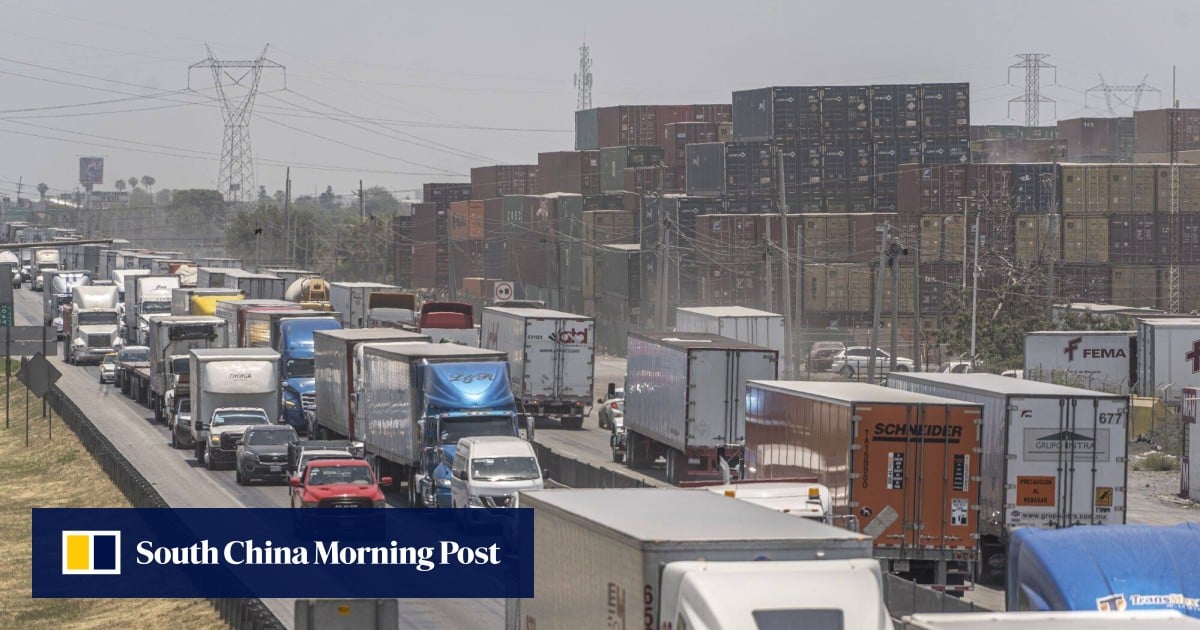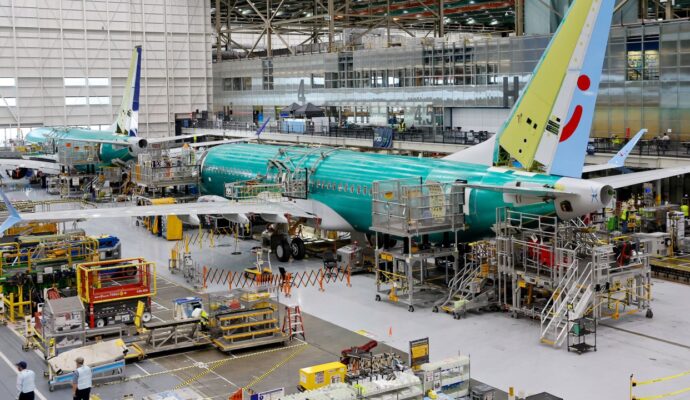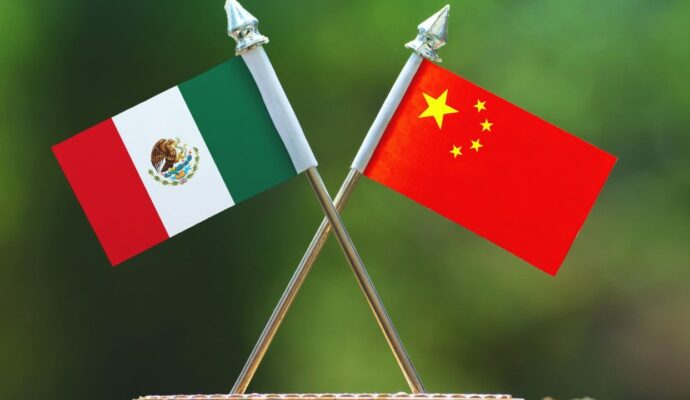
Meanwhile, the US bought US$475.6 billion worth of goods from Mexico in 2023, increasing by 4.6 per cent year on year.
China’s share of US imports also dipped to 13.9 per cent in 2023, its lowest level since 2004. China’s share peaked at 21.6 per cent in 2017, before the trade war began; it was 16.3 per cent for 2022.
China had been the top goods supplier to the US since 2007, when it surpassed Canada.
Washington has also ramped up efforts to “de-risk” its supply chains, with American multinational corporations adopting a “China-plus-one” strategy and reducing reliance on the mainland as a production base.
Still, analysts say direct trade flow fails to reflect the growing complexity of global supply chains. More components made in China wind through Southeast Asia and Mexico – where final products are assembled – before arriving in the US, making it hard to track in detail.
More Chinese money is also flowing to Mexico, a key destination for US nearshoring. Chinese manufacturers for furniture, home appliances, apparel and automobile parts have flocked to the Latin American country to build production bases, vying for access to the US market.
China’s investment in Mexico is up – but is dodging US tariffs the whole story?
China’s investment in Mexico is up – but is dodging US tariffs the whole story?
Under the trilateral free-trade agreement that entered into force in 2020, 75 per cent or more of the components of passenger vehicles and light trucks should be produced within the region to qualify for duty-free treatment.
“You’re going to have a hard time getting compliance with USMCA requirements,” Jason Wade of the International United Auto Workers said at the hearing.
Describing China’s approach in Mexico, Wade added: “They will take the infrastructure and ecosystem that’s been developed over the last 25 years and just pay the fee and have access to the US market.”


